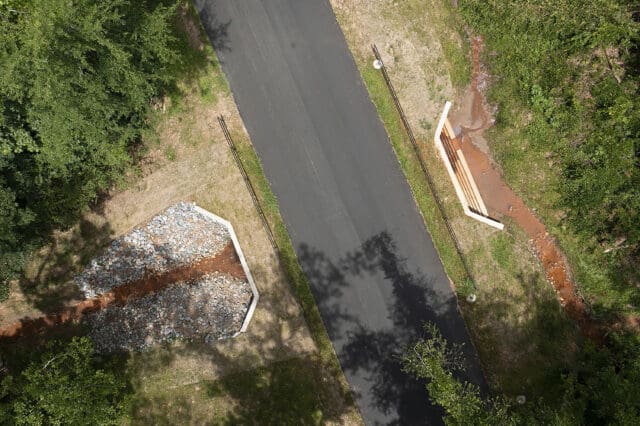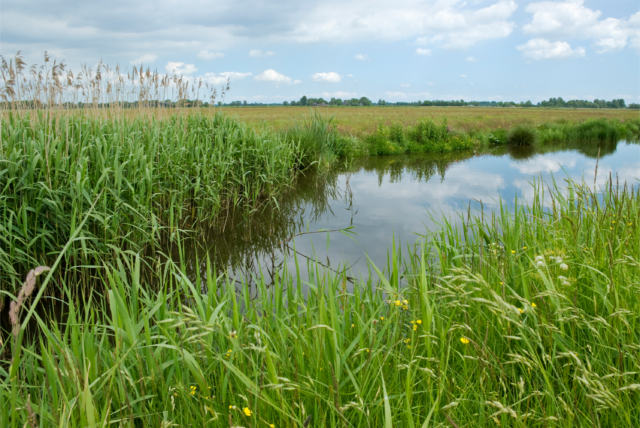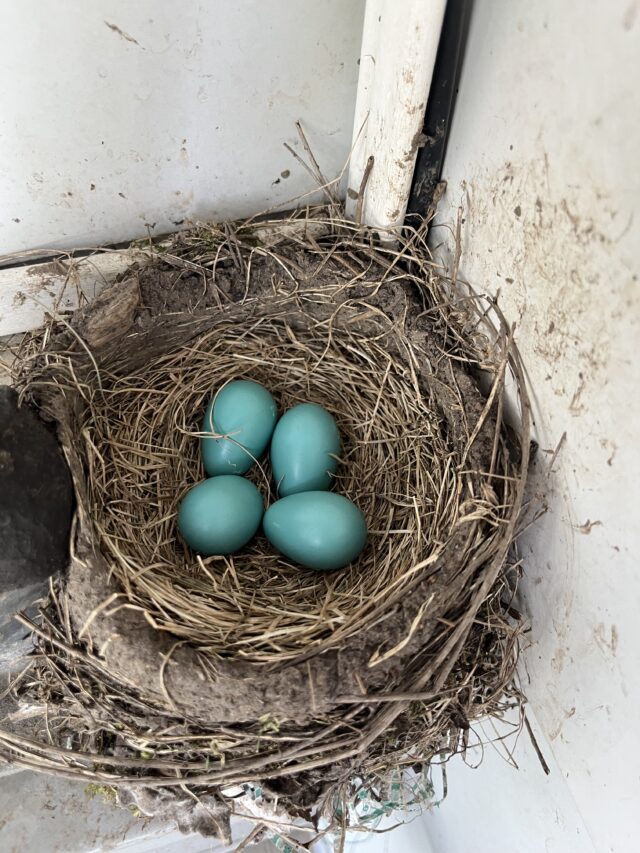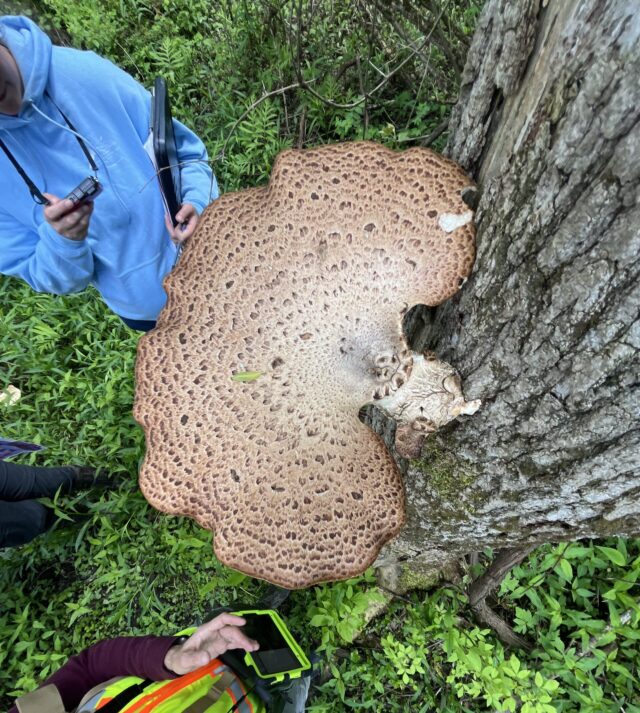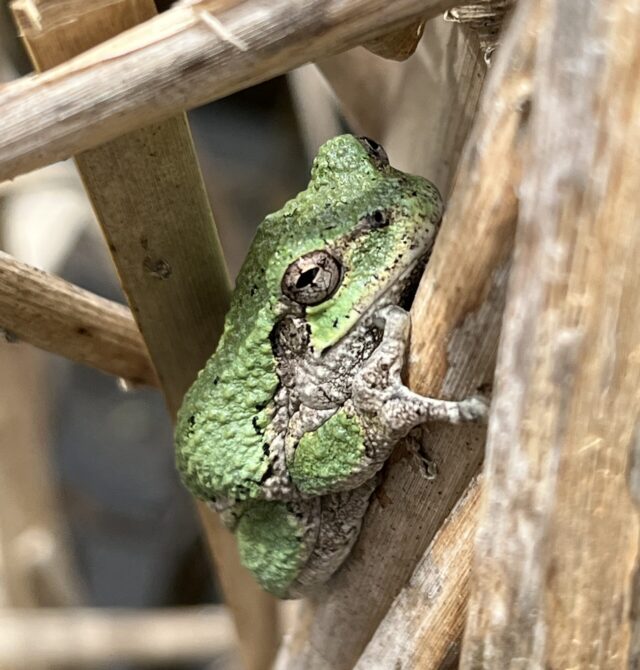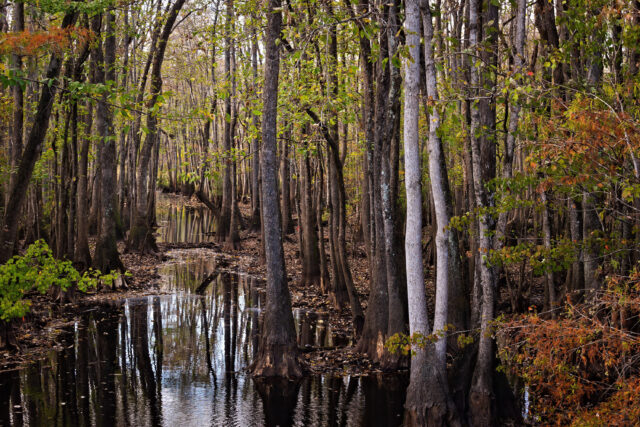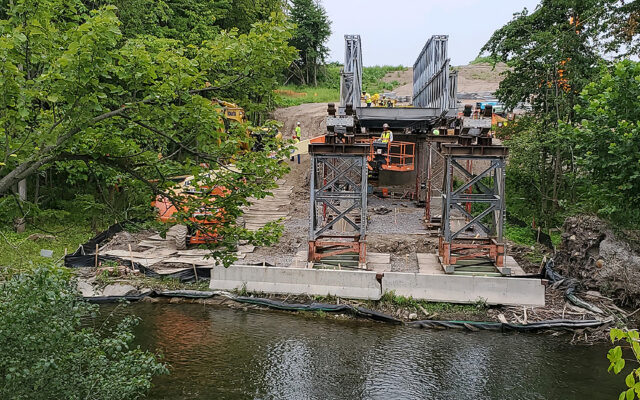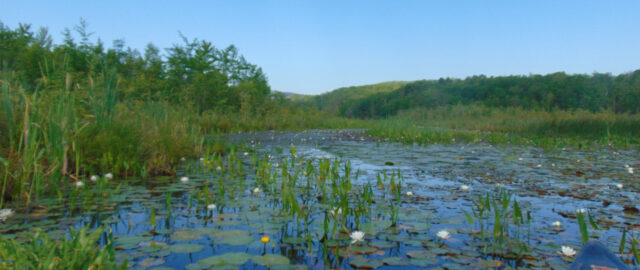Ecological Services
Request a Free Quote
Request a quote for your ecological services by using our online form.
Our Ecological Service Capabilities
We believe in the importance of protecting natural habitats and the species that call them home. Our ecological services include the following:Vegetation Management & Wildlife Studies
LaBella helps preserve and enhance ecosystems through careful management of plant species and wildlife This includes controlling invasive species, restoring native vegetation, and assessing wildlife populations to ensure healthy, sustainable environments. These studies often support conservation efforts and help clients comply with environmental regulations while promoting biodiversity.
Natural Resource Surveys & Analyses
LaBella takes assessments and documents of various environmental components, such as wetlands, forests, wildlife habitats, and water resources. These surveys help identify and evaluate the condition of natural resources, assess biodiversity, and provide critical data for regulatory compliance, land-use planning, and conservation efforts.
Rare, Threatened, & Endangered, Species Studies, Surveys, & Evaluations
We conduct surveys, mapping habitats, and reporting findings to ensure compliance with environmental regulations for endangered, threatened, or any species with special concern. The data collected helps inform conservation strategies, land-use planning, and regulatory decisions, supporting the protection and management of vulnerable species and their habitats.
Specialist Species Services
LaBella surveys, monitors, and protects rare and sensitive wildlife such as:
- Small whorled pogonias
- Karner blue butterflies
- Blanding’s turtles
- Bog turtles (Phase I and II)
- Bat Acoustic Surveys
- Rattlesnake Surveys & Handling
Winter Raptor, Forest Raptor, & Breeding Bird Surveys
LaBella surveys raptor species and their habitats, assesses population trends, and track nesting and migration patterns, providing valuable data for conversation efforts across varying seasons. They support wildlife management, land development planning, and the protection of key habitats by informing decisions on occupied habitat and necessary mitigation measures.
Federal & State Agency Coordination Regarding Protected Species & Habitats
Federal and state agency coordination for protected species and habitats involves collaborating with agencies such as the U.S. Fish and Wildlife Service, state environmental departments, and local regulatory bodies to ensure compliance with environmental laws and regulations. LaBella secures necessary permits, addresses species protections, and facilitates habitat conservation efforts. Effective coordination helps streamline project timelines, mitigate environmental impacts, and ensures that all regulatory requirements are met, fostering responsible development and conservation.
Incidental Take Permits
When planning developments and infrastructure projects, you may potentially impact protected species and/or their habitats. LaBella can assist by mitigating incidental take permits to minimize impacts and support conservation efforts to ensure compliance with federal and state wildlife regulations.
Edinger Community Studies
LaBella assesses vegetative communities to understand ecosystem health and biodiversity. These studies help guide conservation efforts, land management decisions, and habitat restoration by identifying ecological interactions, and environmental changes.
Invasive Species Surveys
LaBella helps identify and map non-native plant and animal species that pose a threat to local ecosystems. We assess the extent of invasive species presence, their impact on native habitats, and guide management strategies to control or eliminate their spread. By conducting these surveys, ecological services help preserve biodiversity and resilient ecosystems.
GIS Mapping & Analysis
LaBella’s GIS team performs spatial data collection and visualization to assess habitats, land use, and environmental impacts. We track changes over time, identify critical conservation areas, and support informed decision-making for resource management and ecological planning.
Learn more about our GIS capabilities here.
Pollinator Plans
LaBella creates and preserves habitats that support bees, butterflies, and other essential pollinators. Some of our work includes planting native vegetation, reducing pesticide use, and enhancing connectivity between pollinator-friendly areas to promote biodiversity and ecosystem health.
Small Whorled Pogonia Survey Season
The Small Whorled Pogonia is a species of orchid that is currently threatened due to habitat loss and degradation. Small Whorled Pogonia is protected by both federal and state endangered species laws and can be found in Eastern US states and into Canada.
If you have an upcoming project, it is important to survey for this protected species. The survey window is almost here (varies by state but is generally May through July).
LaBella has environmental scientists certified to survey for Small Whorled Pogonia and are able to differentiate between Small Whorled Pogonia and other similar species which are not on the endangered list.
If you need a survey, please contact us so we can get you on the schedule.
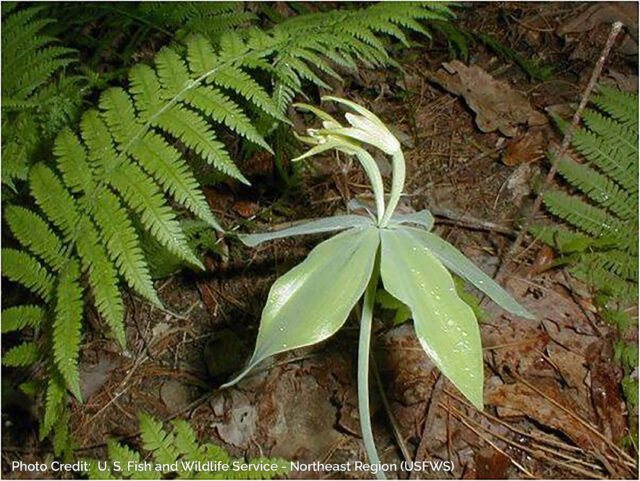
Reclassifications of Northern Long-Eared Bat and Tricolored Bat
The Northern Long-Eared Bat (Myotis septentrionalis) has been reclassified from “threatened” to “endangered,” under the Endangered Species Act (ESA). In addition, the Tricolored Bat (Perimyotis subflavus), previously a candidate species, has been proposed for listing as “endangered” under the ESA. As a result, state and federal regulators are shifting their focus toward locating and safeguarding critical roosting and hibernation sites. In this fast-evolving compliance landscape, developers and project planners must stay informed and in compliance to move projects forward, avoid costly delays, and ensure responsible stewardship of important habitats.
Time-of-Year restrictions are a primary consideration for projects that may impact listed bat species. Regulations typically restrict tree clearing activities during certain months—often in late spring and summer—when bats are most active and are raising young in maternity colonies. Regulatory agencies may impose limits on the acreage of forested area removed at any one time and can require large buffers around both known and potential hibernacula (caves or mines). These buffers may extend for several miles, depending on the site’s significance, to protect bats’ essential winter hibernation sites. Time-of-Year tree clearing restrictions can vary based on site proximity to these buffers, as well.
LaBella Associates closely monitor these regulatory changes to help clients maintain compliance while advancing their projects. Our experienced team coordinates with state and federal wildlife agencies, provides habitat assessments and acoustic surveys, and can develop site-specific strategies that minimize disruptions to critical bat habitats. Whether you need assistance navigating tree clearing restrictions, developing a conservation plan, or obtaining the necessary permits, we can guide you through the review process, ensuring your project remains in regulatory compliance.
Read more on the tricolored bats by clicking the link below.
Read More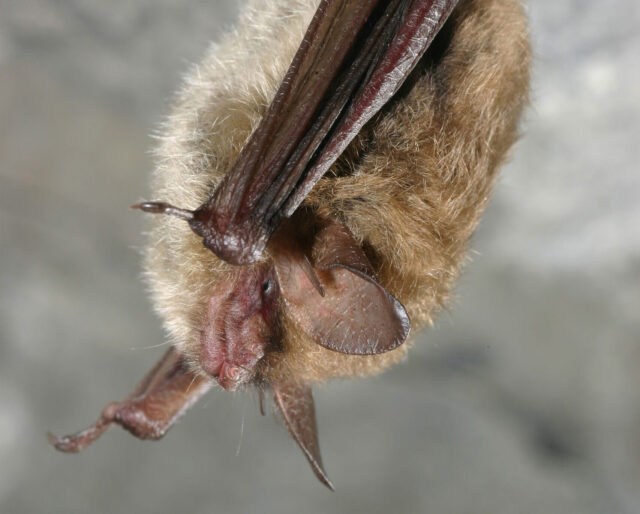

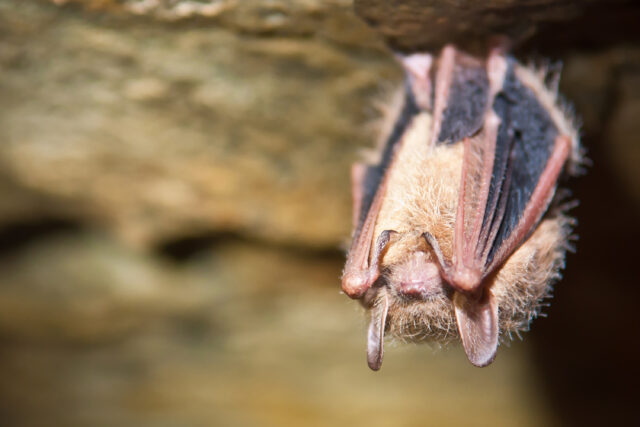

Endangered Species Day
Celebrated the third Friday in May, Endangered Species Day was established by Congress in 2006 to promote the importance of protecting endangered species and highlight actions that have been taken to conserve species since the passing of the Endangered Species Act in 1973.
LaBella has specialists on staff to perform endangered and threatened species surveys and habitat assessments for a myriad of species. Celebrate Endangered Species Day with us by learning about a few of the endangered and threatened species our team works with every day.
Read More


